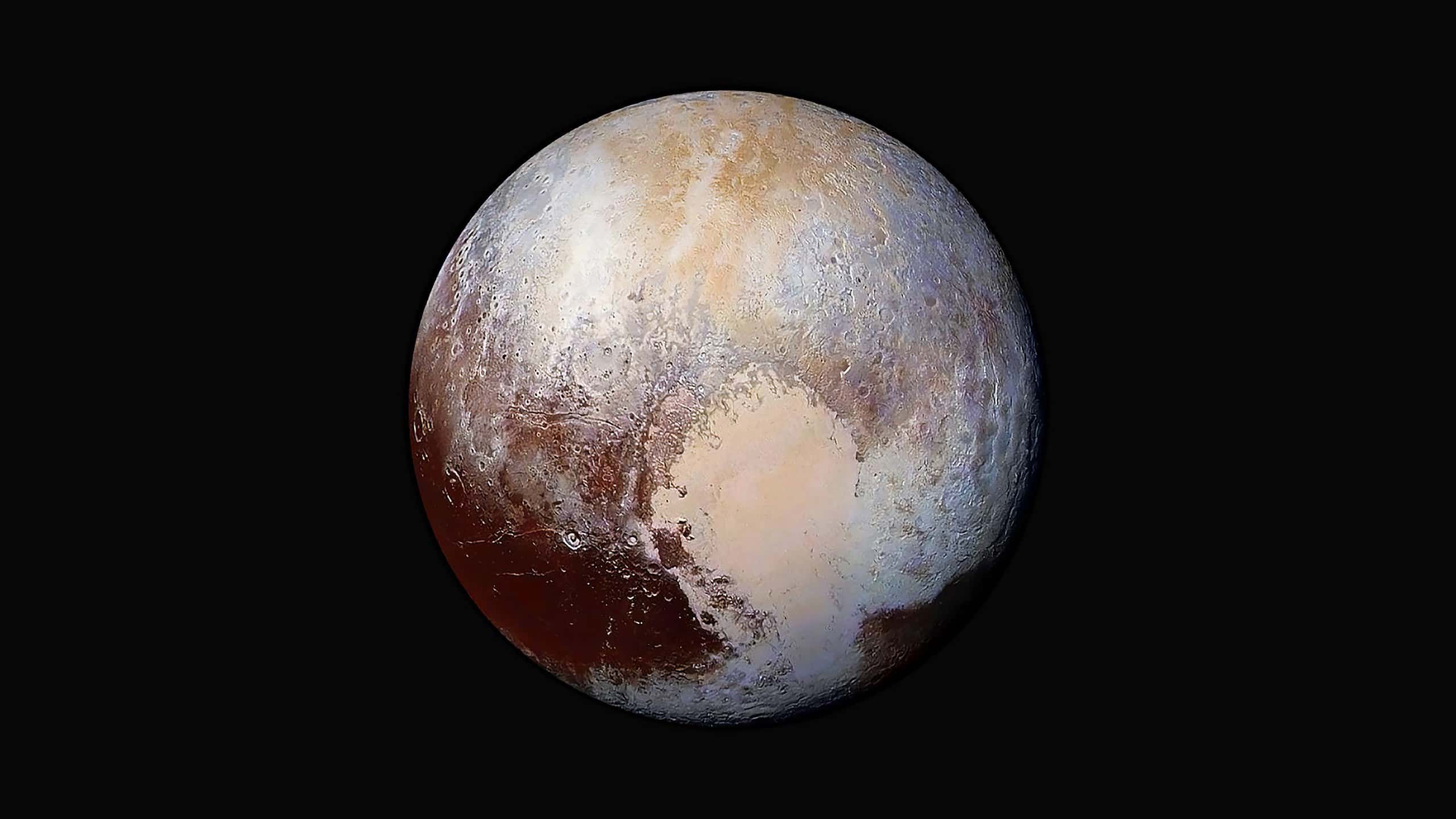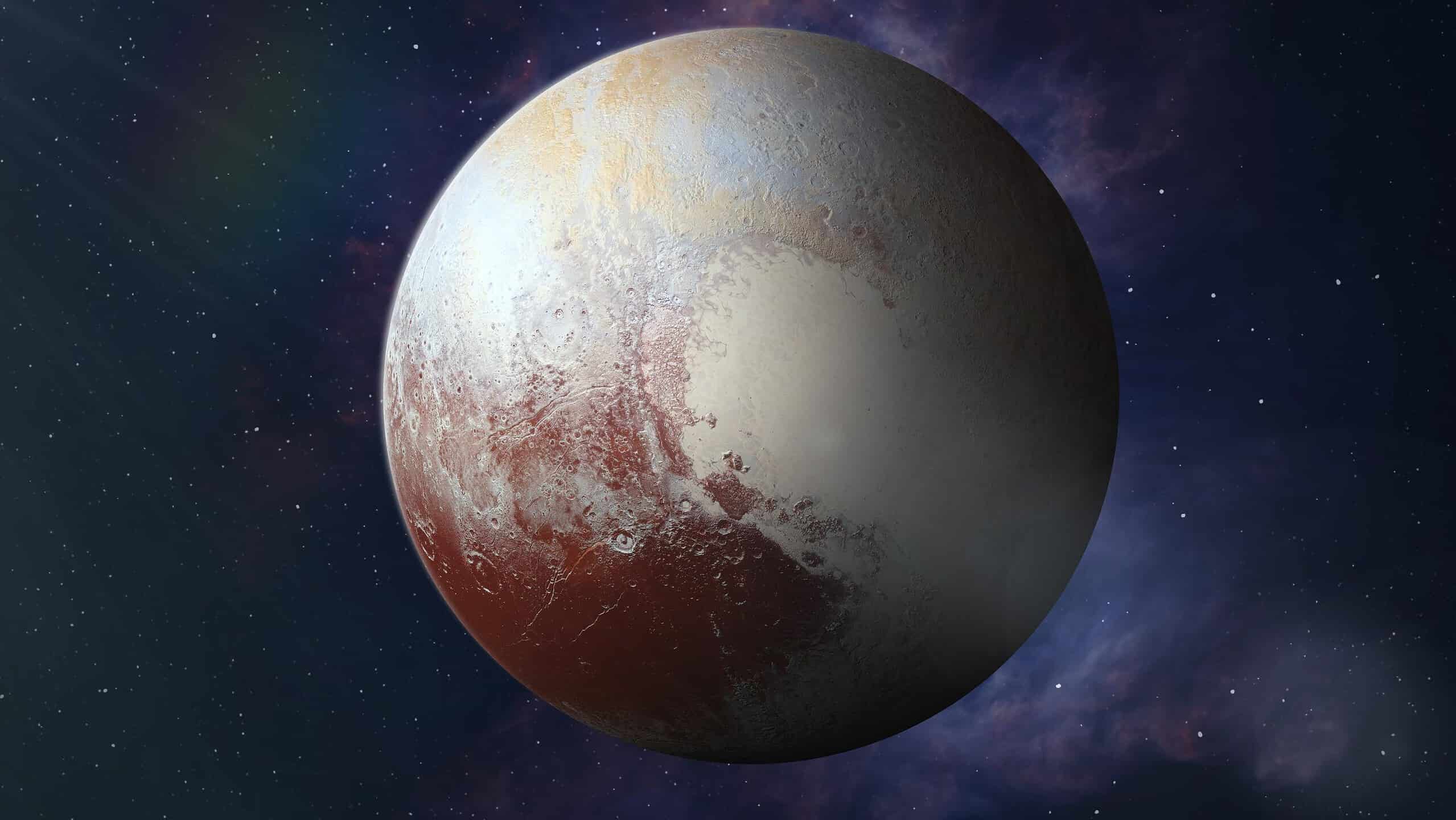Planetary Mission Persephone Requires $3 Billion for a 27-Year Journey Back to Pluto
3 min. read
Published on
Read our disclosure page to find out how can you help MSPoweruser sustain the editorial team Read more


A mission concept study to orbit Pluto and explore the Kuiper belt had been initiated through planetary mission Persephone, which would take around 30+ years and require $3 Billion. The National Academics that will publish its Planetary Science and Astrobiology Decadal Survey (which lists the missions NASA should plan for) is currently considering this paper.
In its target timeline, this planetary mission intends to launch on NASA’s SLS rocket by 2031, have a flyby of Jupiter by 2032, flyby a Kuiper Belt Objects (KBO) by 2050, and arrive at Pluto by 2058. Then, the Pluto-system tour will commence until 2061. After that, it could journey for KBO encounter in 2069 in an extended mission.
This mission aims to look into the internal structures of Pluto and Charon and for evidence of the existence of a subsurface ocean on Pluto. It also intends to look at the evolution of surfaces and atmospheres in the Pluto system and of the KBO population. The orbiter would have 11 scientific instruments onboard.
Why the need to return
Not much bigger than the continental US and 40 times further from the Sun compared to Earth, it would be so easy to assume that Pluto would be a lifeless and cold place. However, the principal investigator for this mission concept, Dr. Carly Howett, told Forbes that evidence of activity was found on Pluto. And to make things more interesting, the New Horizon Mission found that Pluto is geologically active.
Spacecraft data from NASA’s New Horizon, which had an encounter with the Pluto system in 2015 and a flyby a cold classical KBO in 2019, led to exciting discoveries and eventually to more questions. The images captured through the New Horizons showed vigorous surface geology and convecting ice sheets filling Sputnik Planitia (SP), an ancient basin.
As one possible explanation for the formation of these SP requires a subsurface ocean, a question was raised on whether or not there would be a subsurface ocean in Pluto despite its distance from the Sun. Determining such existence is the primary driver for the Persephone mission, as the existence of a subsurface ocean has valuable astrobiological implications in the solar system.
30+ Years of Mission
The New Horizon reached Pluto in 9.5 years, but Persephone could take more than 27 years. Dr. Howett told Forbes that to get to Pluto slow enough for an orbit would require a long cruise. However, if you go faster, the more you will have to break. The latter requires more fuel which also means more cost.
Now, why does it have to orbit the system? As emphasized, one of the big question marks that drives this mission is the possible existence of liquid water on Pluto despite its distance from the Sun. According to Dr. Howett, this question could not be sufficiently answered by a single flyby. This requires an orbit. There would be a need to understand the gravity signature, which could only be done by orbiting the system and observing how it pulls on the spacecraft.








User forum
0 messages